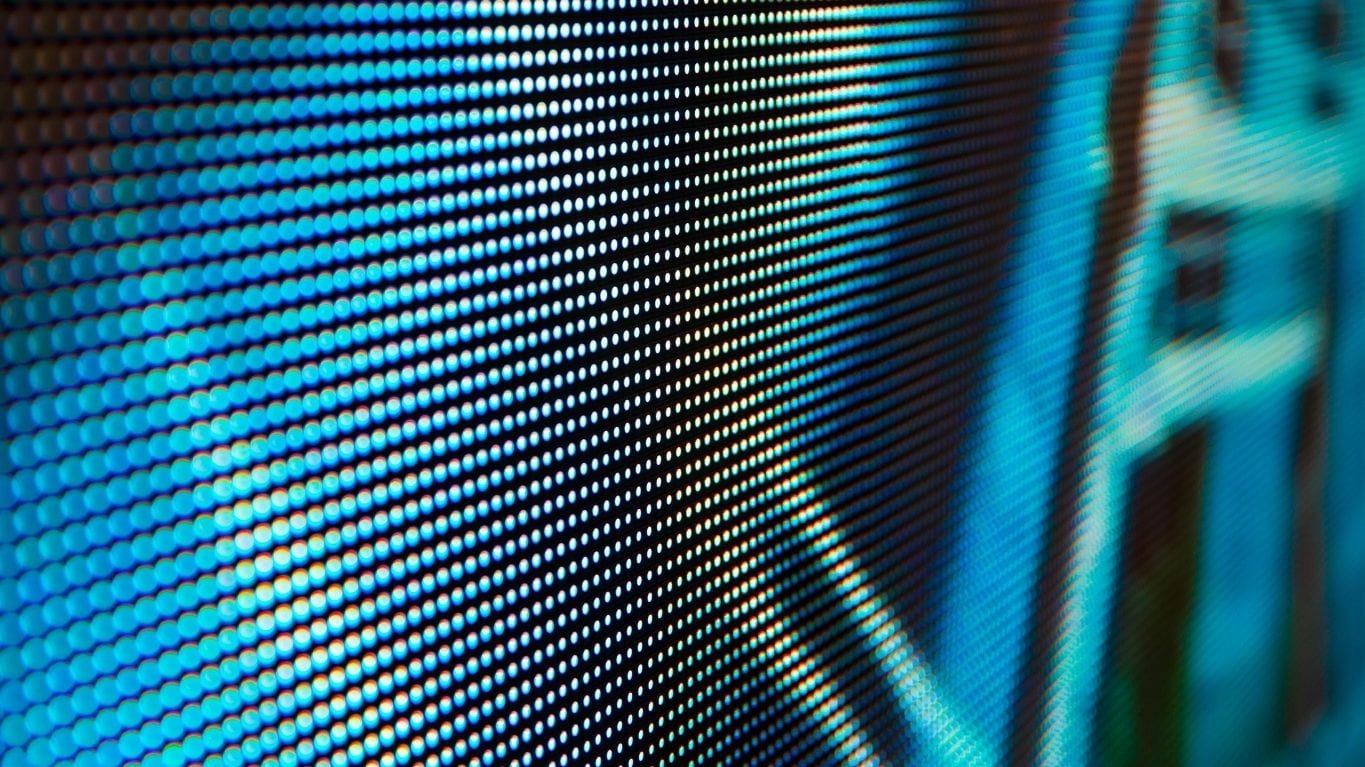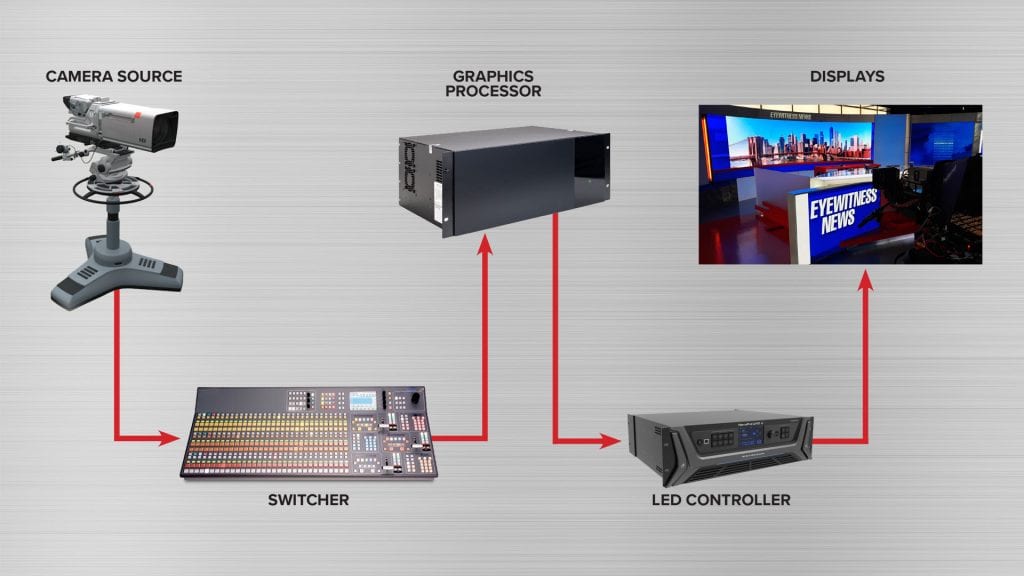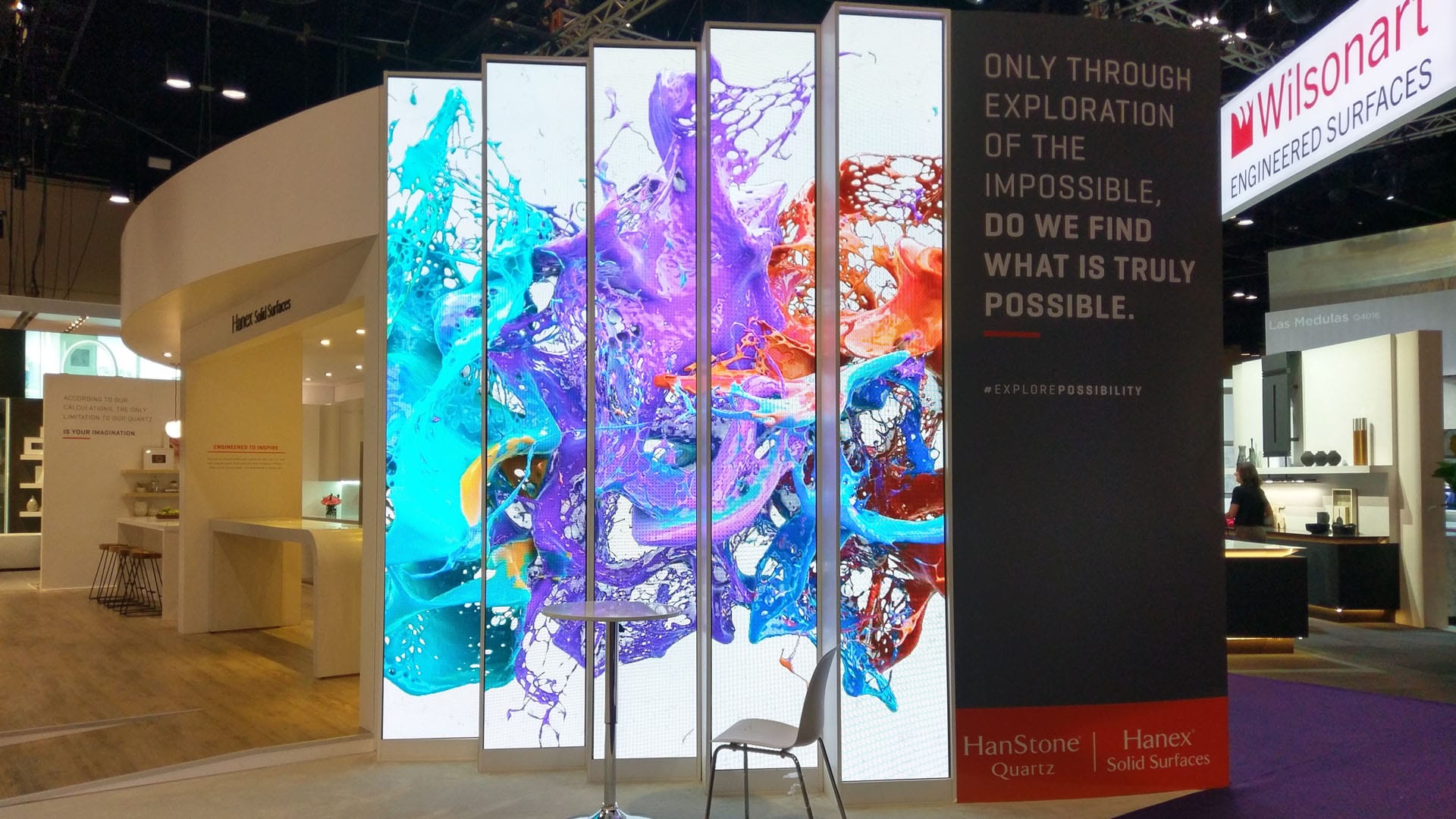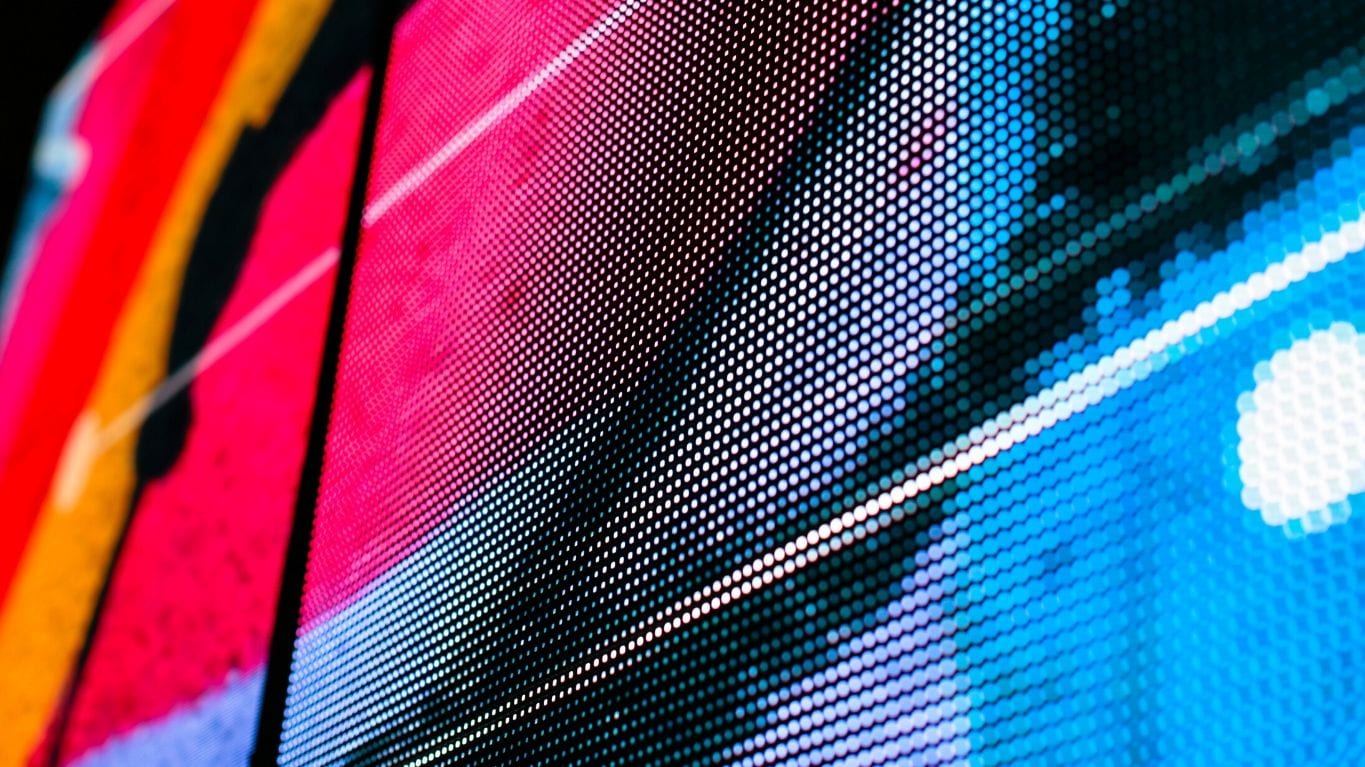The Components and Structure of LED Display Screens

Even if we don’t realize it, LED displays are already a part of our daily lives. They are around us in many different places like the airport, shopping malls, sports arenas, and on billboards. You look at one every day without thinking about the work it took to install and the components and structures of LED display screens. A lot goes into designing and constructing an impressive video wall. We will discuss the basic components and structures of LED displays screens here. They are a wonderful combination of engineering and creativity.
The Basic Components

The LED display consists of three parts: the main LED display, the content source, and the controller. The display consists of multiple LED display panels that are connected and make up the main body of the led display. When all the panels are connected, they come together to seamlessly show the generated content. Controllers can also be divided into two parts: the control board and the control system, in other words, the hardware and the software. LED controllers come in different formats and with different capabilities depending on the size of the display, source content, and application requirements. The content source could be a computer, camera, or DVD player, among others.
The Structure of the Screen
Screens are made up of several different components, all working together to bring the content to the viewer. Like a motor vehicle, they come in different shapes and sizes, but all have the same basic components. Whether indoor or outdoor, an LED display is composed of individual LED panels. An LED panel includes the frame or cabinet, a power supply, a sending and receiving card, and an LED module. Each module includes diodes, drive ICs, and a PCB board.
The LED panels are connected to each other, creating a connected LED display. The display and content source are wired to the controller. The controller takes the content and sends a signal to the LED panels. Depending on the source and controller, the content might require scaling if your source content and display don’t have the same aspect ratio. All these components of LED display screens come together to create video walls that serve various purposes. Contact Neoti today about how we can design a beautiful LED video wall for your application.


